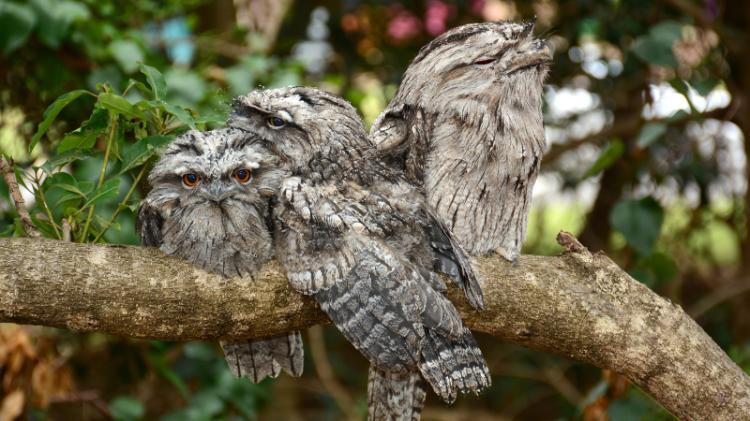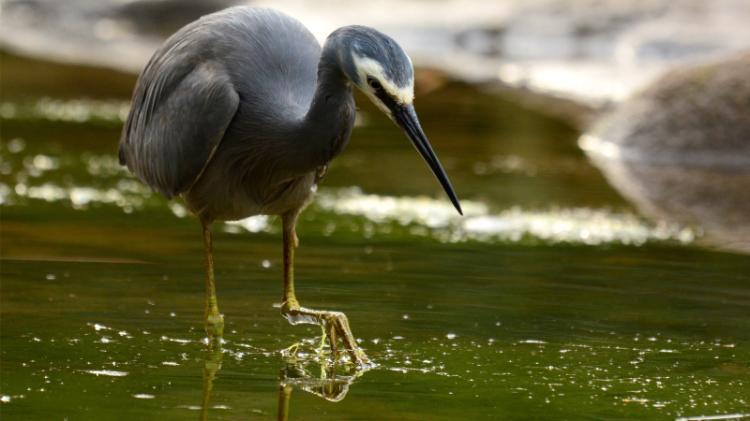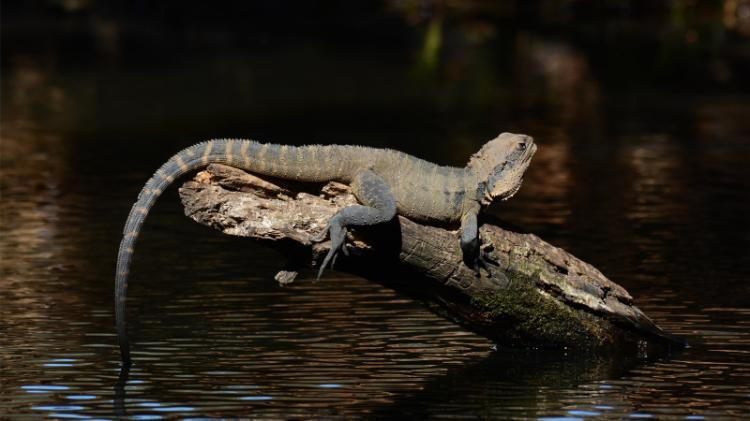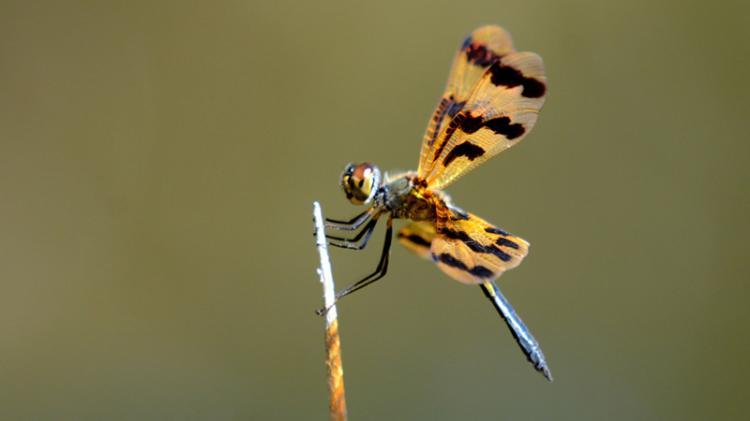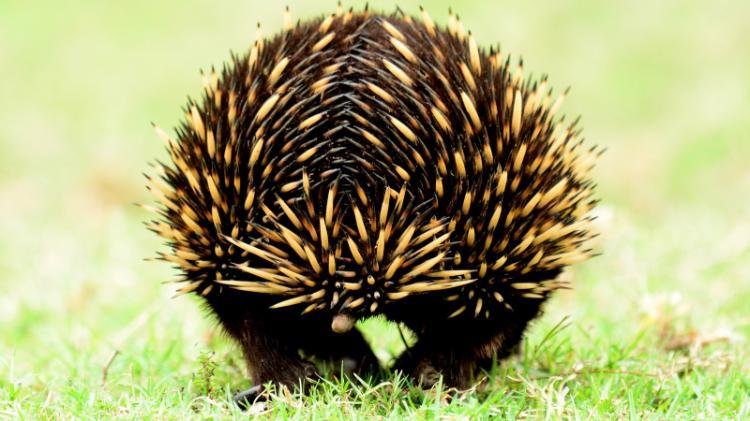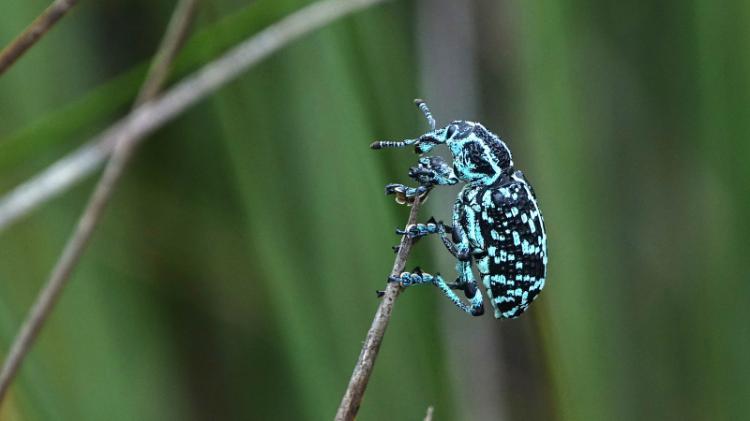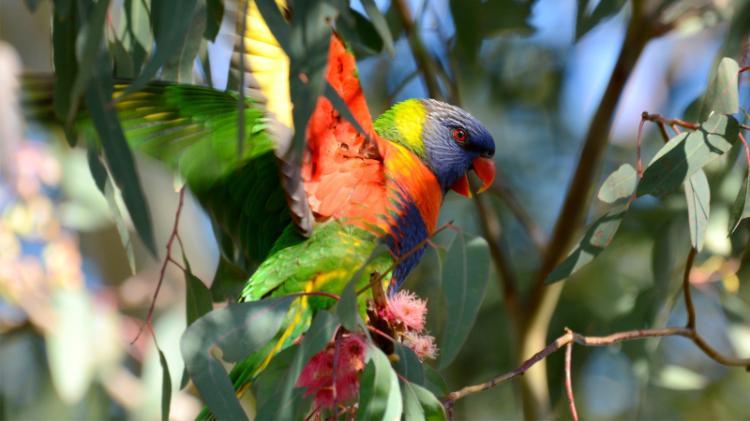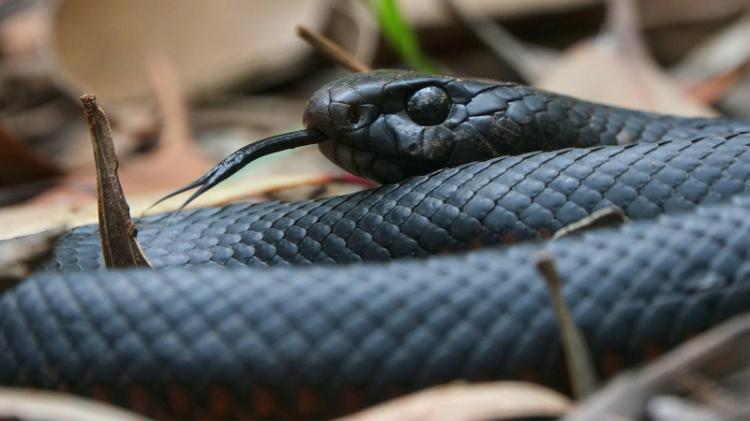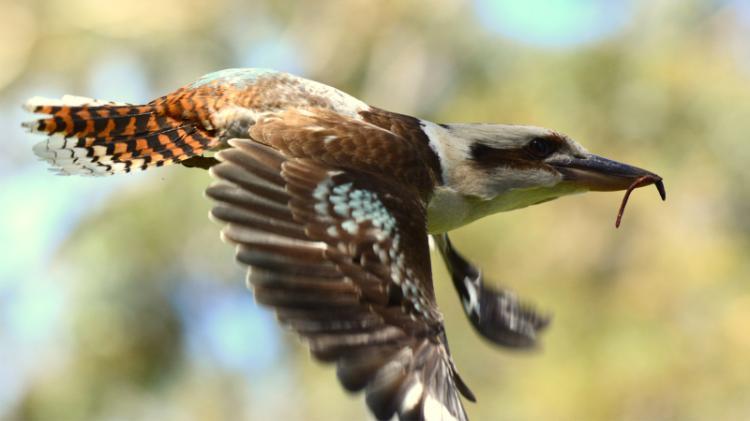:format(jpg)/prod01/channel_3/assets/contributed/magazines/the-stand/2021-09/uow-wildlife-black-duck-499X281.jpg)
Where the wild things are
Incredible Wildlife Photos from UOW
September 29, 2021
For most of us, wildlife photography doesn’t go much further than snapping a cute picture of our dog. But for UOW horticulture and fauna expert Anthony Wardle, exposure to real Australian wildlife is a perk that comes with the job.
Anthony Wardle is just as happy behind the wheel of a ride-on-mower as he is behind the lens of a camera. The landscape gardener at the University of Wollongong (UOW) Landscape Department has been documenting his campus encounters for some 10 years.
“I got into taking photos when I was a young kid. My father was big on photography and everything outdoors,” says Anthony, who you may have seen (pre-COVID) getting around campus on his bright green tractor.
Exciting as it may sound, photographing UOW wildlife does come with its fair share of trials and tribulations. Anthony says getting the perfect wildlife photo can take years of practice, strategic planning, and sometimes sheer luck.
“Patience is needed when photographing wild creatures, but it helps to know the habits and movements of the subject or where the little critters are likely to be found. I have wasted a lot of time trying and failing to get the 'perfect' photo, only to snap a great pic of the same animal, by complete chance, at another time,” he says.
As Anthony flicks through hundreds of animal photos on his Facebook page including spiders, insects, possums, birds, and bats, he explains that his favourite animal to photograph on campus is the sugar glider, because they are nocturnal and elusive, but very cute.
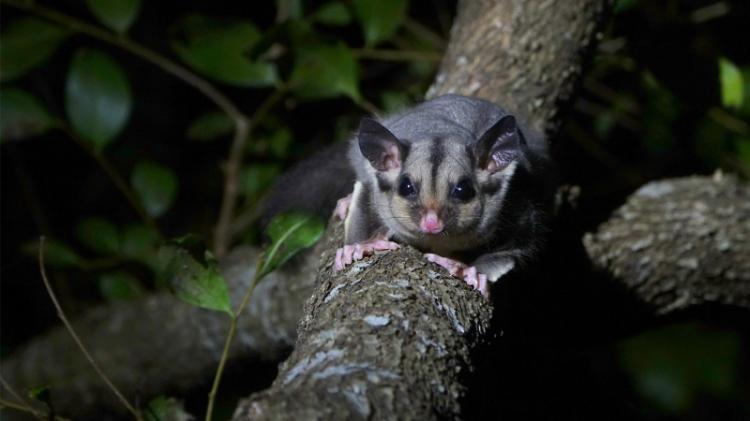
“There are plenty of animals to see during the day on campus, like birds, reptiles, insects and maybe an echidna or two. But I do love the challenge of photographing animals at night time. It’s hard to focus, you have to use flash photography and you have to be quick. But if you’re lucky you will see ring-tail possums, brush-tail possums, tawny frogmouths, sugar gliders, powerful owls, or even catch a glimpse of the elusive nankeen night heron.”
Anthony explains that the vision behind the design of the UOW campus, with its proximity to the forested escarpment, was always meant to integrate the biodiversity of the environment and create healthier learning spaces for the campus community.
“I must say we are lucky to have so much wildlife on campus. We have predominantly native plantings on campus. We have a variety of different types of vegetation, from grasses to eucalyptus trees. Plus, we have many water feature ponds. They all provide great habitat for the local wildlife.”
Check out Anthony’s extraordinary images showcasing the rich diversity of life on the UOW Wollongong campus.
